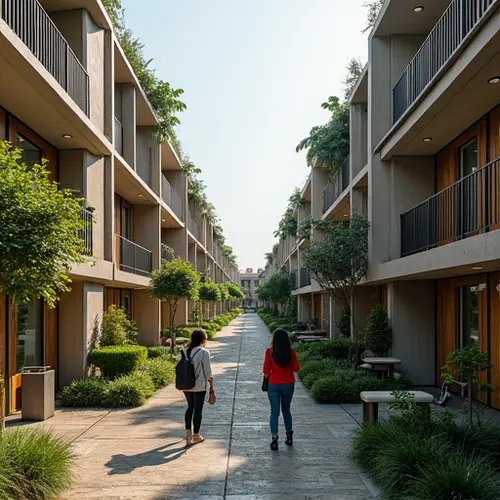
The Rise of Co-Living Spaces
Co-living, a modern residential model where unrelated individuals share living spaces, is gaining traction in urban centers worldwide. This trend is particularly popular among young professionals, students, and entrepreneurs who seek affordability, community, and convenience in high-cost cities.
Affordability and Community
With rising property prices and stagnant wages, co-living offers a practical solution. Residents share common areas like kitchens and living rooms while having private bedrooms. This setup reduces costs significantly, with rents often including utilities and amenities. For example, in Charlotte, co-living spaces start at $700 per month, making urban living accessible to many.
Global Growth
The global co-living market was valued at $7.8 billion in 2024 and is projected to grow by 13.5% over the next five years. Cities like New York, London, and Singapore are hotspots for this trend, driven by housing shortages and the desire for communal living.
Safety and Screening
Property managers emphasize safety, with background checks and locked private rooms ensuring security. "It might not be ideal for everyone, but it provides a warm, safe place to stay," says Annetria Lattimore, a Charlotte-based co-living manager.
Sustainability
Co-living also promotes sustainability by reducing individual resource consumption. Shared spaces mean less energy, water, and waste per person, aligning with eco-conscious lifestyles.
The Future of Co-Living
As urban populations grow and housing costs soar, co-living is poised to become a mainstream housing option. Innovations like mixed-income developments and tech-integrated spaces are further fueling its appeal.

 Nederlands
Nederlands
 English
English
 Deutsch
Deutsch
 Français
Français
 Español
Español
 Português
Português